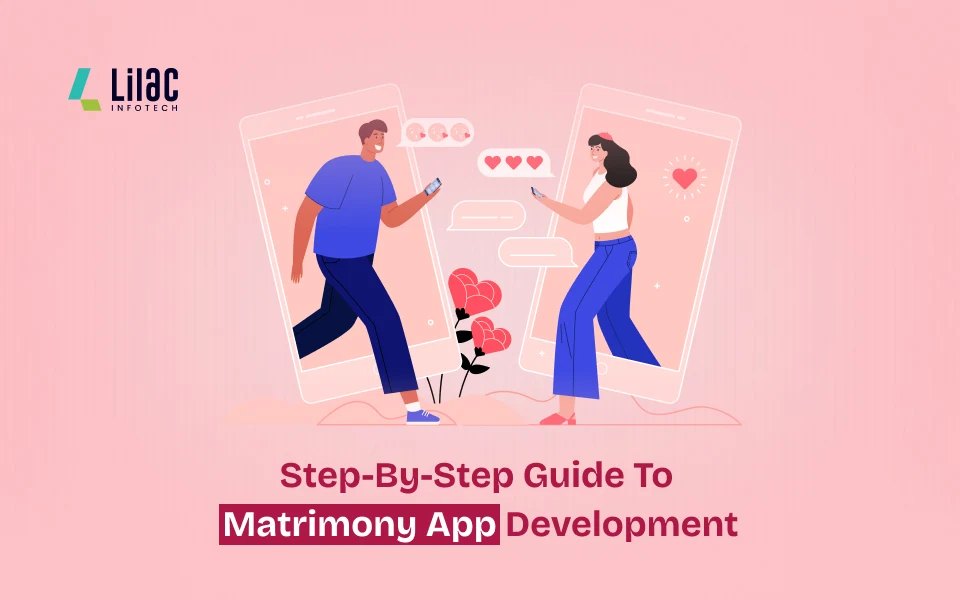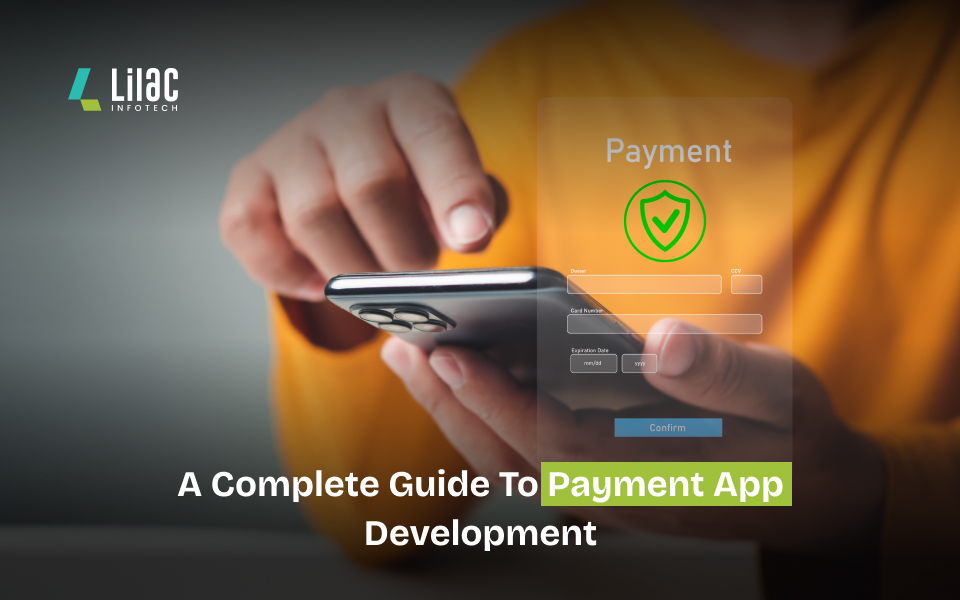
Building a matrimony app calls for thoughtful planning, the right technology, and careful selection of features. Since the process can be complex, it’s important to choose the best platform for development. By partnering with Lilac Infotech and leveraging professional Matrimonial Application Services, you can ensure that your solution stands out as one of the best matrimony apps in today’s highly competitive market.
Step 1: Understanding the Market and Audience
The first stage in Matrimony App Development is research. Before you begin designing or coding, it’s essential to understand:
Target Audience – Are you focusing on a specific region, religion, or global audience?
Market Trends – What unique features are top players offering (like BharatMatrimony, Shaadi.com, or Jeevansathi)?
User Expectations – Users look for easy sign-up, genuine profiles, compatibility filters, and a smooth user experience.
By studying the market, you can identify gaps and position your app as one of the best matrimony apps that meets specific community or user needs.
Step 2: Choosing the Right Business Model
Before development begins, you need a clear revenue and service model. Popular options include:
Freemium Model – Users can register for free but pay for premium features like unlimited chats or advanced searches.
Subscription Model – Monthly or yearly plans for complete access.
Advertising Model – Monetization through relevant ads.
A well-defined model ensures that your Matrimonial Application Services remain profitable and sustainable.
Step 3: Essential Features of a Matrimony App
A successful matrimony app must balance ease of use with robust functionality. Core features include:
User Registration & Profile Creation – Simple sign-up through email, phone number, or social logins.
Profile Verification – Manual or AI-based checks to ensure genuine users.
Advanced Search Filters – Options based on religion, caste, education, profession, age, location, and preferences.
Matchmaking Algorithms – Smart recommendations based on compatibility scores.
In-App Chat & Communication – Secure messaging and calling features to enable safe conversations.
Privacy Controls – Options to hide sensitive details or share only with verified users.
Notifications & Alerts – Real-time updates on interests, messages, or matches.
Payment Gateway Integration – Secure payment options for premium services.
These features define the best matrimony app experience by keeping user trust and satisfaction at the center.
Step 4: Choosing the Technology Stack
The right technology stack makes your app scalable, secure, and user-friendly.
Frontend: React Native, Flutter (for cross-platform mobile apps).
Backend: Node.js, Django, or Laravel.
Database: MySQL, MongoDB, or PostgreSQL.
Cloud & Hosting: AWS, Google Cloud, or Microsoft Azure.
Security: End-to-end encryption, SSL, and multi-factor authentication.
For enterprises, choosing reliable Matrimonial Application Services providers ensures your app is built with the best tools and frameworks.
Step 5: Designing the User Experience (UX/UI)
A matrimony app should have an intuitive design that appeals to users of all ages.
Minimalist Layouts: Easy navigation with fewer steps.
Responsive Design: Works seamlessly on Android, iOS, and tablets.
Attractive Profile Display: Highlight key details clearly.
User-friendly design is a key differentiator when building the best matrimony app in the market.
Step 6: Development Process
Once the design and tech stack are ready, development begins in stages:
MVP Development – Start with a Minimum Viable Product (MVP) to test essential features.
Feature Expansion – Add advanced tools like AI matchmaking, astrology compatibility, or video profiles.
Third-Party Integrations – Include SMS gateways, payment systems, and chat APIs.
Testing & Debugging – Run functionality, performance, and security tests before launch.
This phased approach makes Matrimony App Development efficient and reduces risks.
Step 7: Launch and Marketing
After development and testing, the app is launched on Google Play Store and Apple App Store. To ensure visibility:
Use App Store Optimization (ASO) for ranking.
Run social media campaigns to attract early adopters.
Partner with communities or regional influencers for outreach.
A strong launch strategy helps your Matrimonial Application Services gain trust and visibility from day one.
Step 8: Post-Launch Support and Updates
Matrimony apps require continuous updates to meet changing user demands. Regular maintenance includes:
Adding new features like video chats, horoscope match, or AI-driven suggestions.
Fixing bugs and improving app performance.
Updating security features to protect user privacy.
This ongoing support ensures your app stays relevant and trusted among users.
Benefits of Matrimony App Development
Convenience – Users can connect with potential matches anytime, anywhere.
Personalization – Advanced filters and AI provide better matchmaking.
Trust & Safety – Profile verification builds user confidence.
Revenue Potential – Subscription and premium models create recurring income.
With the right approach, matrimony app development can transform traditional matchmaking into a modern, scalable digital service.
Conclusion
Creating a marriage app involves more than just building a digital platform; it also calls for careful planning, the appropriate technology, and a thorough comprehension of user expectations. Selecting the proper platform and strategy is crucial, but the process may frequently be difficult. Working with professionals like Lilac Infotech and making use of their skilled Matrimonial Application Services guarantees that your app is developed with scalability, security, and innovation in mind, making it stand out as one of the top matrimony applications in the current competitive market.



















Fantastic guide! This app development walkthrough for matrimony platforms is both comprehensive and practical. I especially appreciate the clear breakdown from understanding your target audience and choosing the right business model to core features like profile verification, advanced search filters, and secure in-app communication. The phased approach starting with an MVP and then expanding with AI matchmaking or astrology features combined with a strong launch and post-launch strategy, really captures the real-world challenges of matrimony <a href="https://analogueitsolutions.com/">app development</a>. A well-structured resource for anyone looking to build or improve such an app!